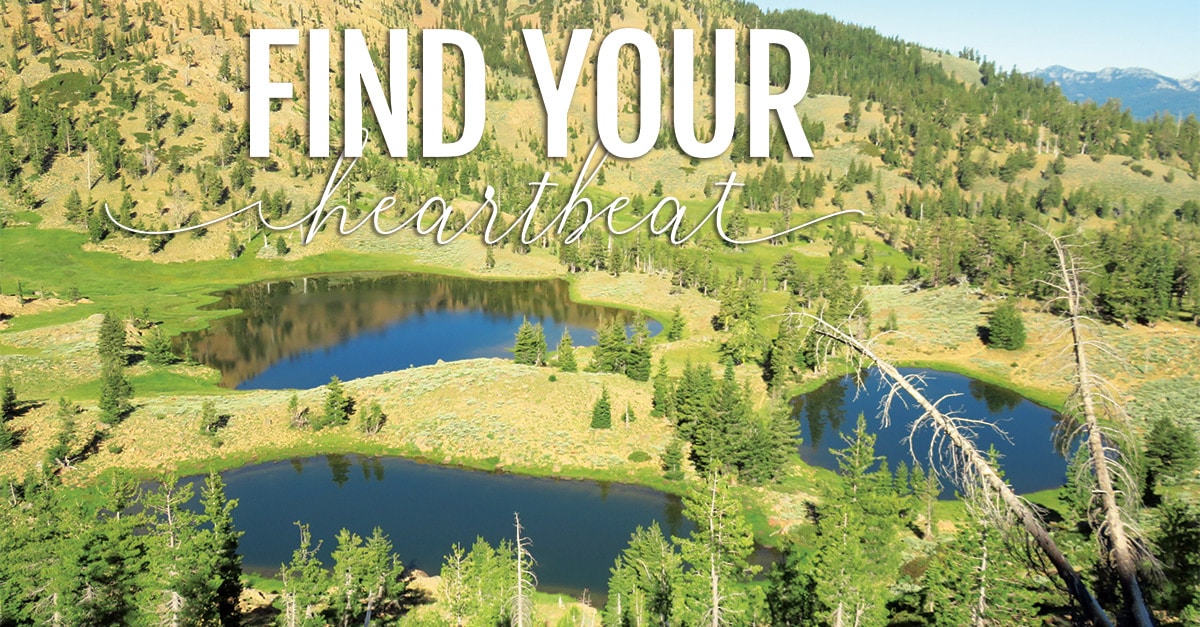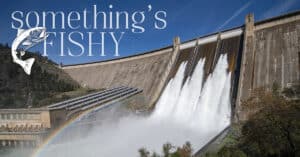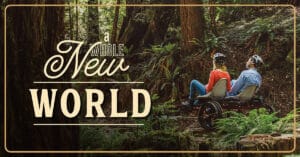Find Your Heartbeat
The Joy of Camping…
They’re the places where it’s so quiet you can hear your own heartbeat, where wildflowers bloom in all the colors of the rainbow, where sheer rock walls loom above shimmering blue lakes. They’re the places that experienced backpackers like Jay Thesken love to hike to and talk about.
Thesken, who’s been hiking and backpacking for more than 50 years, treasures the hidden lakes of the Marble Mountains and Russian Wilderness as places “where you can experience the true silence and solitude of nature, hear the wind in the trees, the sounds of birds” – and, yes, your own heartbeat. He likes the “minimalized” life of a backpacking trip, with everything you need reduced to that pack on your back.
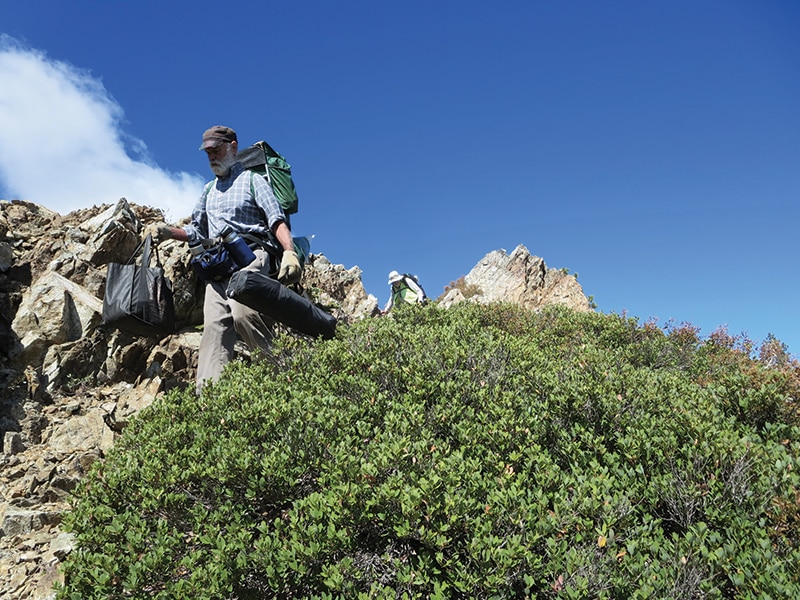
It takes a couple of days, Thesken notes, to get acclimated to the outdoors, to go from being a “visitor” to being a part of the natural environment. Then you get so wrapped up in that world of quiet and natural beauty that it’s “depressing,” he says, to go back to the regulated environment of a campground, with its RVs and asphalt, the sounds of generators and other human noises blocking out the sounds of nature.
Jon Dove is another longtime backpacker who likes to go deep into the wilderness. He’s got some favorite spots that he likes to keep to himself, to ensure they’ll continue to be quiet and uncrowded. But he’s happy to recommend some of the more accessible places that offer an introduction to the wilderness experience, like Deadfall Lakes just off the Pacific Crest Trail, and two beautiful alpine lakes, Campbell and Cliff, up in the Marble Mountains.
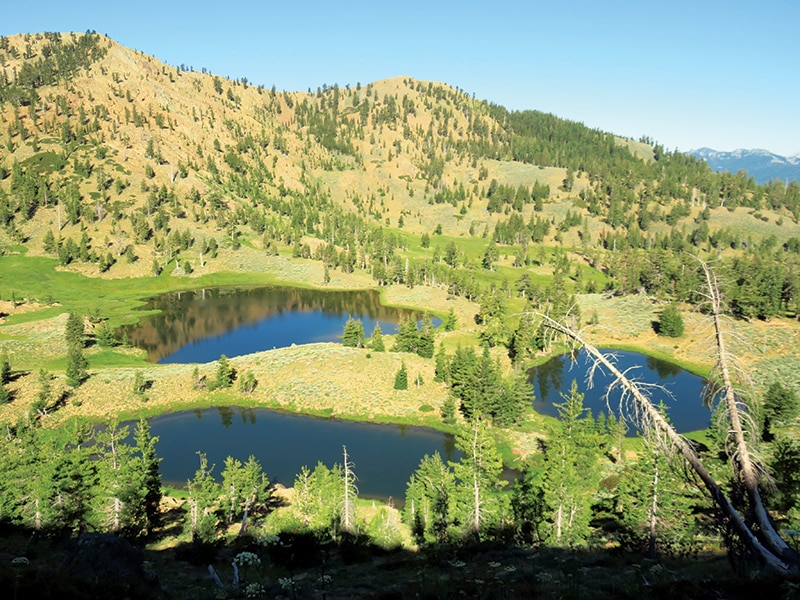
“Mostly we just drive through our beautiful mountain landscapes,” Dove says. “In these places, you can really immerse yourself in them, put yourself right in the middle of all that beauty.”
Chet Kyle, who’s 53, began his outdoor adventures as a 4-year-old, riding a donkey on a family trek on the John Muir Trail. They did the trail in segments, completing it seven years later. Kyle went on to a life of outdoor adventuring, becoming a rafting guide, and a dedicated backpacker and mountain biker. He spent 37 days hiking the High Route over the Sierras to Lake Tahoe. There is no trail; it had to be done with a compass and maps, and there were a few days when Kyle wandered through the woods lost, or, as he prefers to say, “bewildered.”
It’s all part of his thirst for adventure, and a longing to escape the stresses of everyday life. “It’s a form of escapism and relaxing,” he says. “Some people do that in unhealthy ways. Challenging myself with new outdoor adventures is how I do it.” He finds that with the increasing popularity of hiking and backpacking he has to get off the well- traveled trails, bushwhacking his way to places of solitude and beauty.

Kyle’s outdoor adventures are on hold while he deals with a severe form of arthritis that recently hit him, but he hopes to be back on the trails in the near future.
To get started on your wilderness explorations, hiker Sue Lang has a couple of suggestions: The trail along the south shore of Lake Siskiyou, which offers plenty of shade in the summer months; and the one-mile Root Creek Trail at Castle Crags State Park, where the payoff is a lovely waterfall at the trail’s end.

I have my own favorite camping spot, one I try to visit every year, where a clear stream cascades down from the soaring spires of Castle Crags, a stream shaded by fir trees and broad-leafed ferns, a stream that babbles to me in a strange but soothing voice as I lay in my tent and fall asleep. (And, like Jon Dove, I’m going to keep its location to myself.) You never fully appreciate why you go to these magical places until you actually get there and immerse yourself in them. You sit there next to that stream or lake, gaze up at those rock walls, and some timeless part of yourself connects to what’s timeless in them.
Nature is a place of bits and pieces, of myriad living things going about their business. But when I’m out there I have a sense that there is something connecting it all together, a feeling of spiritual unity that is missing in the human-built environment.
It’s why we refer to the “church” of Mother Nature. •

